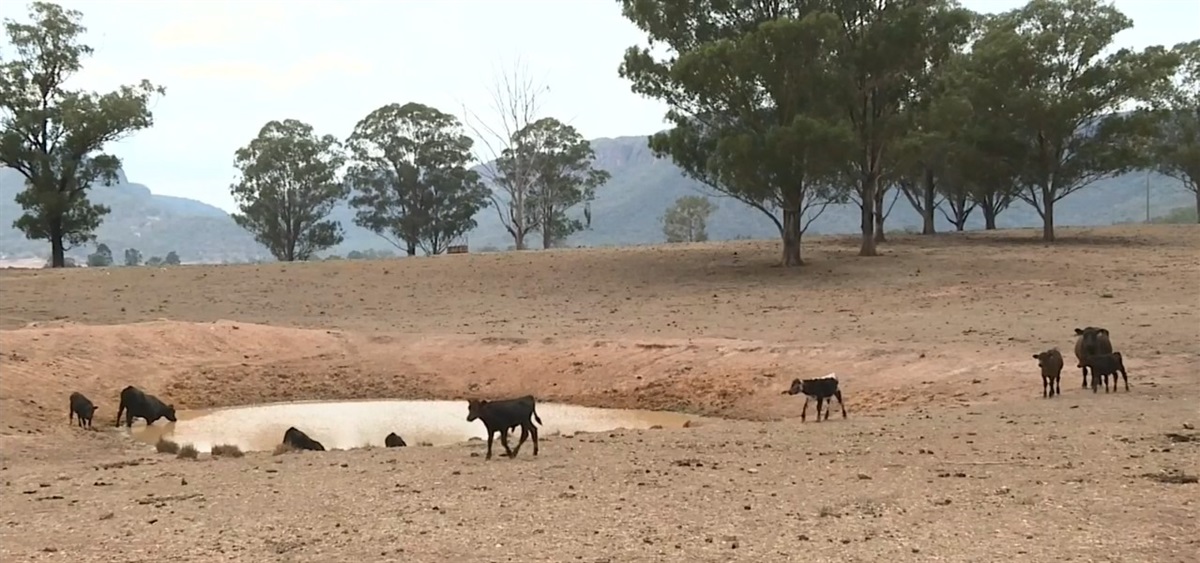ARA looks towards May as start of Retail Recovery
Australian Retailers Association CEO Paul Zahra said that March retail trade figures released today from the Australian Bureau of Statistics reporting year-on-year growth of 10.1%, were consistent with expectations of strong pre-lockdown specific category growth, whilst the majority of retailers shut their doors for COVID-19 lockdown.
The figures confirm stronger expenditure year-on-year across food (+27.2%), liquor (+33.9%) and pharmacy (+29.4%) categories, and a sales boost in household goods (+10.3%) as Australians adapted to restrictions and stocked up on additional items for lockdown.
“March was the eye of the COVID-19 storm for retailers, with all but essential service retailers forced into closure of their physical stores during lockdown. Whilst that pain of closure has continued during April and into May, we have seen some gentle upside begin as many stores enhance their online and delivery services.
“Since the COVID-19 pandemic began, we have anticipated a spike in certain categories as people adjust to restrictions, but these increases mask bigger falls across discretionary categories, which has proved a significant challenge,” Mr Zahra said.
“It’s been unquestionably tough for retailers, and the true recovery picture won’t start to emerge until physical stores reopen more fully in the coming weeks. We are likely to see a phased re-opening – retailers have different considerations some will open key stores and wait to open others. Some have cafes attached and will need to delay that area opening. Others are still negotiating with landlords.
“Whilst we expect Australians to soon celebrate their freedom with one of their favourite leisure activities – shopping – we do anticipate continued caution by consumers for some months forward as they assess overall economic conditions,” he said.
Category-specific trends
“While month-on-month supermarket sales are up 23% in March, these figures have confirmed our expectations of significant falls in sales across discretionary categories. Clothing, footwear, and personal accessories recorded significant falls (-22.6%),” he added.
Mr Zahra said retailers had swiftly adapted to the new conditions, with a jump in online sales set to become the new normal.
“Online sales have skyrocketed, and we expect that shopping habits we have seen will be permanent, as retailers offer new options such as kerb-side pickup and retail-to-go options,” he said.
Mr Zahra anticipated some enthusiasm from consumers as stores prepared for reopening, and said his desire was for the reopening to be sustainable and safe as people returned to retail stores.
“The safety of customers and staff is our top priority, and retailers are making every effort to prepare a safe in-store environment. New in-store measures such as social distancing, increased hygiene and cleaning, and Perspex screens where appropriate, will be here to stay, even as restrictions are gradually eased.” Mr Zahra concluded.
ARA will release its Retail Reopening Guidelines tomorrow morning.
Monthly Retail Growth (February 2020 – March 2020, seasonally adjusted)
Department stores (-8.9%), Food retailing (24.1%), Household goods retailing (9.1%), Cafés, restaurants and takeaway food services (-22.9%), Other retailing (16.6%), and Clothing, footwear and personal accessory retailing (-22.6%).
Western Australia (9.9%), Australian Capital Territory (9.5%), Queensland (8.9%), Victoria (7.7%), South Australia (9.4%), Tasmania (8.9%), New South Wales (8.0%), and Northern Territory (11.6%).
Overall month-on-month sales growth: 8.5%.
Year-on-Year Retail Growth (March 2019 – March 2020, seasonally adjusted)
Food retailing (27.2%), Cafés, restaurants and takeaway food services (-22.6%), Other retailing (19.1%), Household goods retailing (10.3%), and Department stores (-6.6%), and Clothing, footwear and personal accessory retailing (-24.9%).
Tasmania (15.1%), Queensland (13.2%), Victoria (9.4%), Western Australia (13.5%), Australian Capital Territory (11.0%), South Australia (10.2%), Northern Territory (10.8%), and New South Wales (7.1%).
Overall year-on-year sales growth: 10.1%.








